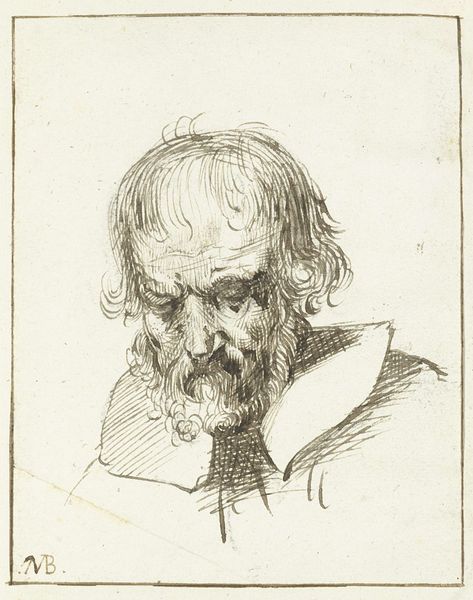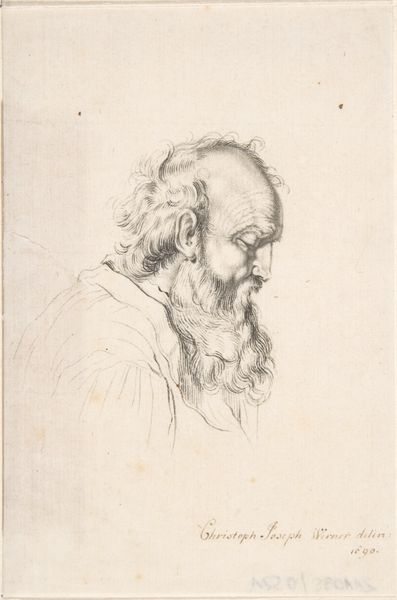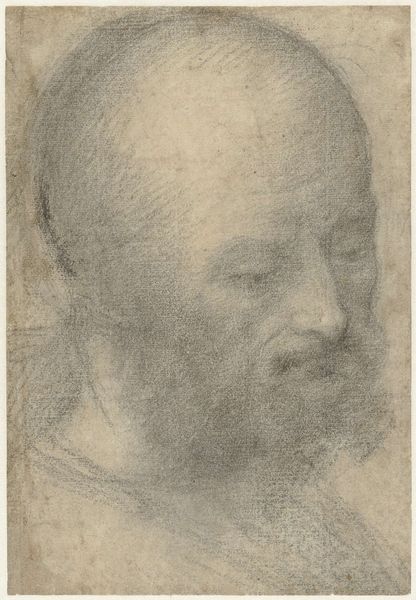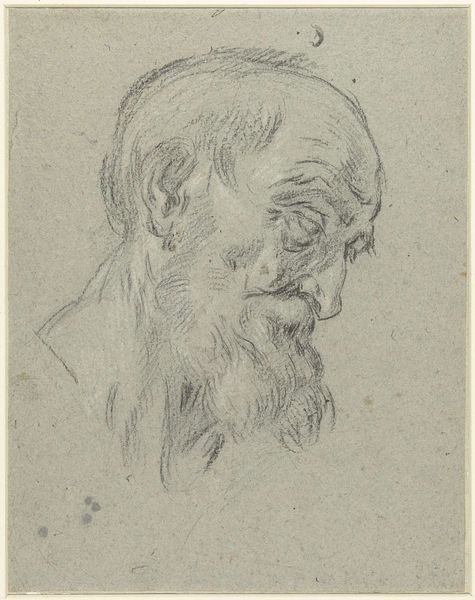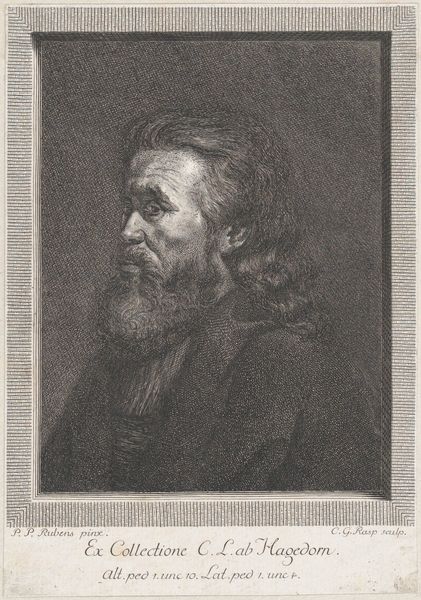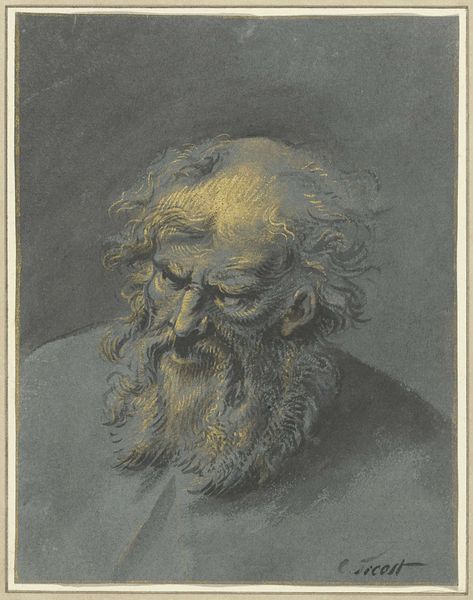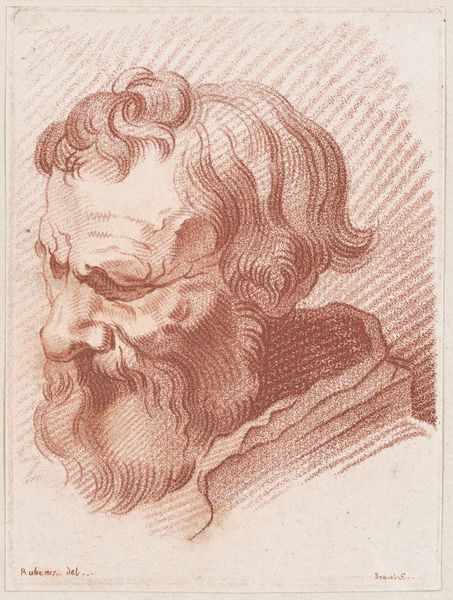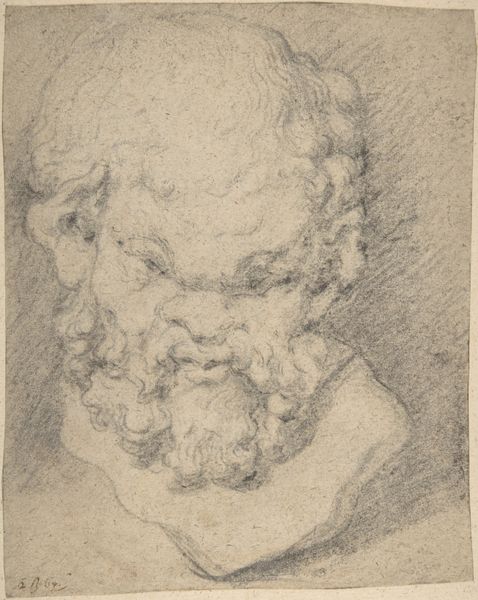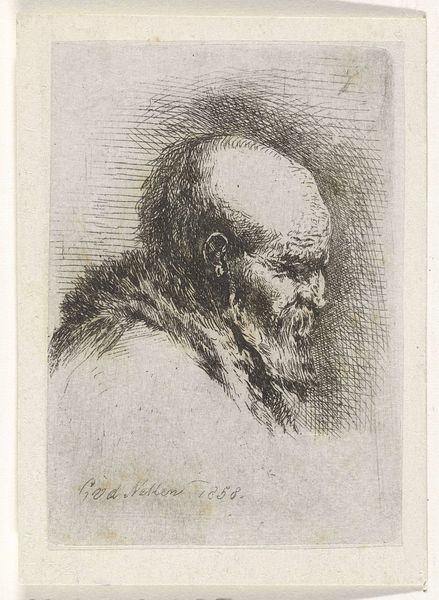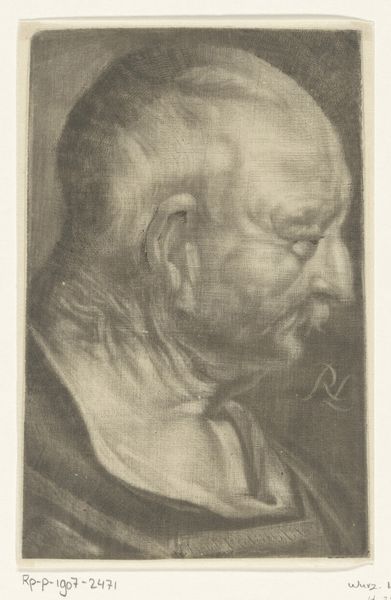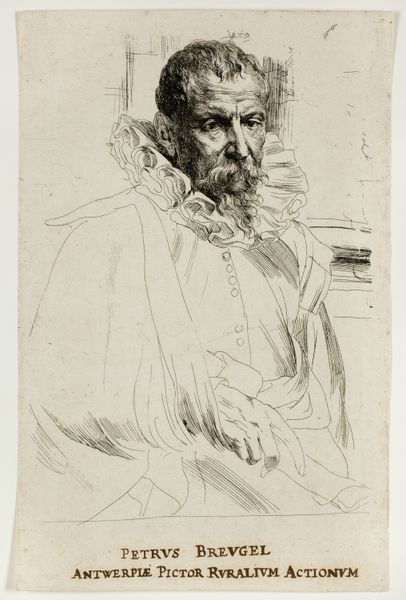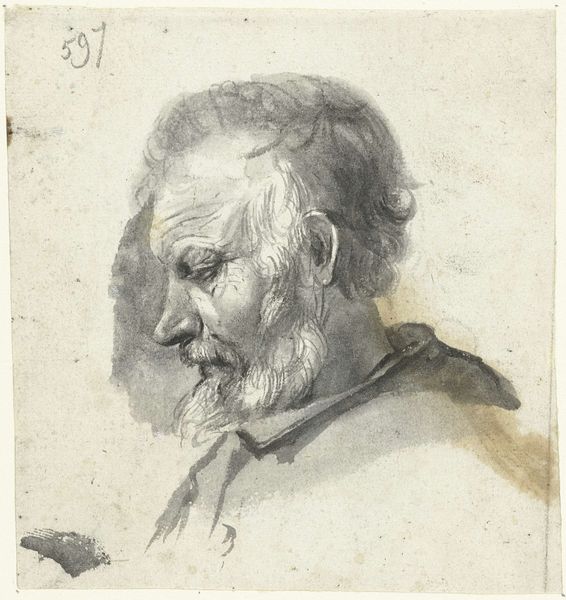
drawing, pencil
#
portrait
#
pencil drawn
#
drawing
#
amateur sketch
#
toned paper
#
light pencil work
#
dutch-golden-age
#
pencil sketch
#
personal sketchbook
#
pencil
#
sketchbook drawing
#
portrait drawing
#
pencil work
#
sketchbook art
#
realism
Dimensions: height 140 mm, width 113 mm
Copyright: Rijks Museum: Open Domain
Editor: Here we have Moses ter Borch's "Head of an Old Man," a pencil drawing from around 1660, housed here at the Rijksmuseum. It feels quite intimate, almost like a private sketch. What do you see in this piece, especially considering its place in art history? Curator: Well, this drawing offers us a fascinating glimpse into the social dynamics of portraiture during the Dutch Golden Age. While grand, commissioned portraits served as status symbols for the wealthy elite, works like this pencil sketch potentially reveal the other side: The artist's personal interests. Consider: who *was* this man? Was he a paid model, or somebody closer to Ter Borch's own sphere of experience? Was this intended to be displayed, or did it have more personal intention, existing primarily as practice, process or private memento? Editor: That’s interesting, it does change the context completely. The work’s unpolished nature might mean that it wasn't meant for a formal audience. How would a piece like this function in Dutch society beyond simply being a piece of art? Curator: Exactly! Think about the rise of the middle class in the Dutch Republic at this time. There was a growing interest in representations of everyday people and ordinary life. So the distribution of art moved beyond just nobility, finding more common place usage in places such as taverns, households, merchant shops, and trade fairs, where the subject might be as much related to cultural values as social class or status. It becomes a window into seeing both how artists and common people may have appreciated such work and how they valued the culture they saw. Editor: So, it is not necessarily that everyone could afford art like this, more like artists' depictions might circulate informally within the broader populace, including their subjects. Curator: Precisely. We can learn about art from various forms and places, which allows a great amount of possibility for studying society's artistic inclinations. And through considering the subject, we glean societal intentions and purpose. Editor: That makes me reconsider how artists in the Dutch Golden Age perceived themselves. Thanks!
Comments
No comments
Be the first to comment and join the conversation on the ultimate creative platform.
